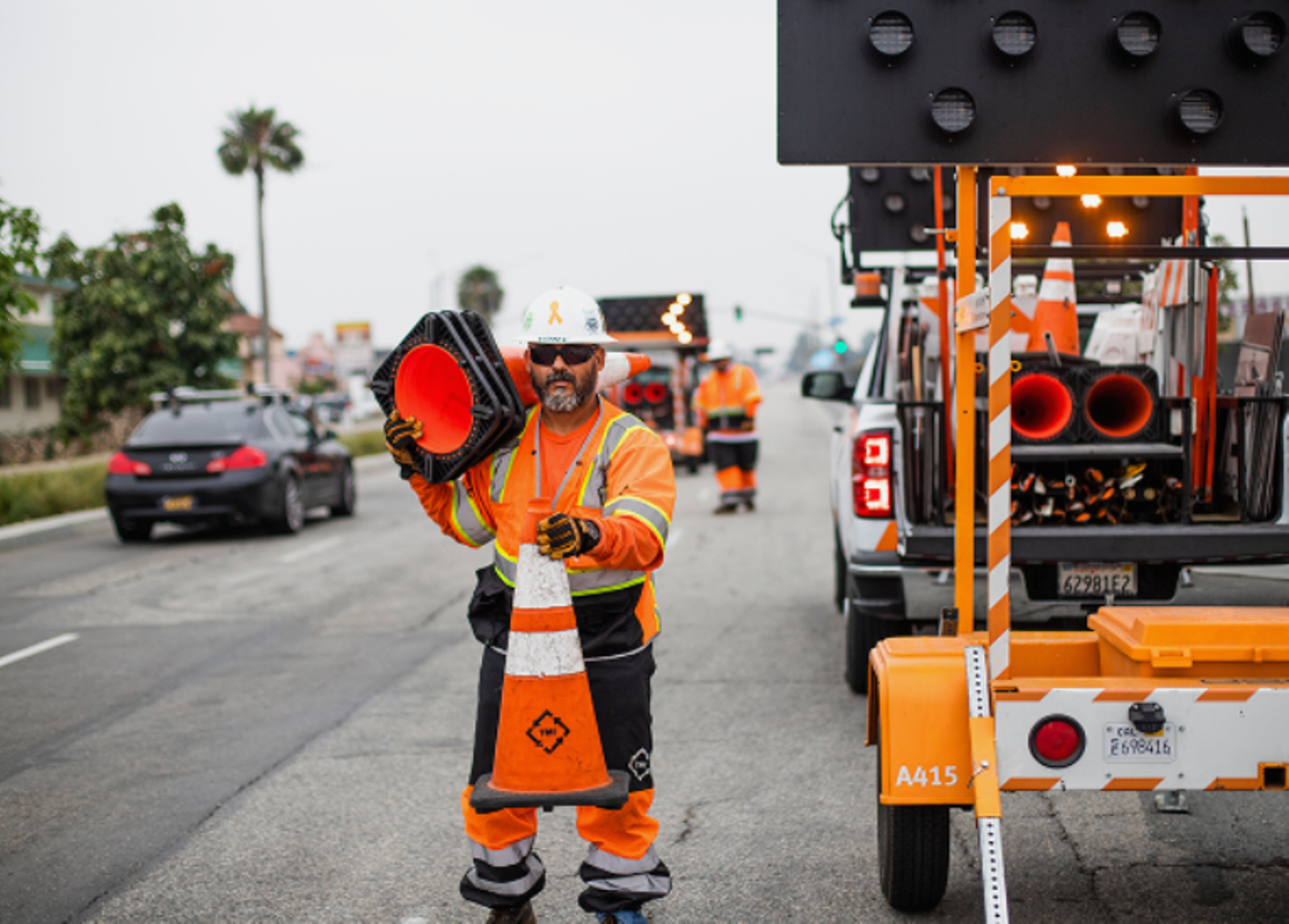Construction zones are an inevitable part of urban development and infrastructure improvement. While these projects are essential for long-term growth, they often disrupt regular traffic patterns, causing delays, confusion, and safety concerns for motorists, pedestrians, and workers alike. Traffic control services play a crucial role in managing these disruptions by ensuring the safe and efficient movement of vehicles and people through construction zones. This article explores how traffic control services contribute to maintaining smooth flow and safety in these challenging environments.
The Importance of Traffic Control in Construction Zones
Traffic control is a specialized field focused on directing and managing the movement of vehicles and pedestrians, especially in areas where normal traffic patterns are altered or obstructed. Construction zones present unique challenges because of lane closures, detours, reduced speed limits, and the presence of heavy machinery and workers. Without effective traffic control, these factors can lead to congestion, accidents, and delays.
Traffic control services are designed to mitigate these risks by implementing strategies that guide traffic safely and efficiently around or through construction sites. The goal is not only to protect the safety of construction workers but also to minimize the impact on daily commuters and emergency vehicles.
Comprehensive Planning and Risk Assessment
Effective traffic control begins long before construction equipment is brought to the site. Traffic control services involve detailed planning and risk assessment to identify potential hazards and develop a tailored strategy. Traffic engineers and planners analyze the site’s geography, traffic volume, peak hours, and existing road conditions to determine the best methods for maintaining flow.
This planning phase includes designing appropriate signage, barriers, detours, and signals to alert drivers well in advance. By anticipating challenges and carefully considering the needs of all road users, traffic control professionals create a framework that reduces confusion and maximizes safety throughout the construction period.
Deployment of Traffic Control Devices and Personnel
Once the plan is in place, traffic control services deploy a combination of physical devices and trained personnel to implement the strategy on-site. Traffic cones, barricades, electronic message boards, and temporary traffic lights are positioned strategically to channel vehicles safely.
In addition to these devices, trained flaggers or traffic controllers are often present to manage complex situations where automated signals are insufficient. These personnel communicate with drivers, coordinate vehicle movements, and respond to any emergencies or unexpected incidents, ensuring that traffic flows smoothly even under changing conditions.
Enhancing Safety for Workers and Motorists
One of the primary objectives of traffic control in construction zones is to protect the safety of both workers and motorists. Construction areas are inherently hazardous, with heavy machinery, uneven surfaces, and ongoing activities that increase the risk of accidents. Proper traffic control minimizes this risk by clearly delineating safe travel paths and separating construction activities from moving traffic.
By controlling speed limits, guiding vehicles around obstacles, and providing clear visual and verbal instructions, traffic control services reduce the likelihood of collisions and injuries. Moreover, well-executed traffic control instills confidence in drivers, encouraging compliance with temporary traffic rules and reducing erratic driving behavior.
Adapting to Dynamic Conditions
Construction projects are dynamic, with changing work phases and conditions that can affect traffic flow. Traffic control services must be flexible and responsive, regularly updating their strategies to accommodate new obstacles, altered routes, or varying traffic volumes.
This adaptability includes real-time monitoring and quick deployment of additional resources as needed. For example, during peak traffic hours or unexpected road incidents, traffic control personnel may adjust signal timing, open or close lanes, or redirect vehicles to maintain optimal flow and prevent bottlenecks.
Conclusion
Traffic control services are essential to the successful management of construction zones, balancing the need for infrastructure improvements with the imperative of maintaining safe and efficient traffic movement. Through meticulous planning, strategic deployment of control devices, and ongoing adaptation to site conditions, these services ensure that drivers and workers alike navigate construction areas safely and with minimal disruption.
By prioritizing safety and flow, traffic control not only facilitates timely completion of construction projects but also contributes to overall road safety and public confidence in transportation systems.




